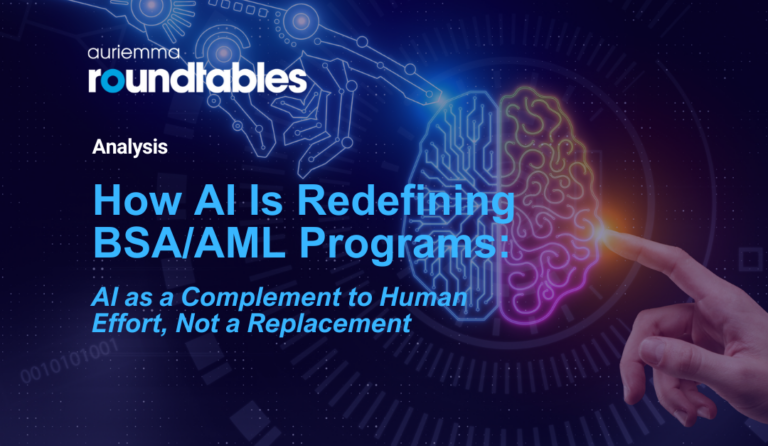October 24, 2025
The Next Era of Workforce Management: Rethinking Staffing and Strategy in Contact Centers
Automation and evolving customer expectations are transforming contact center roles, demanding a redesign of how time, talent, and technology intersect.
Data from Auriemma Roundtables’ Workforce Management Roundtable reveals four converging trends: rapid expansion of chat, rising training investment, elevated occupancy rates, and a notable decline in post-hire attrition. Together, these dynamics signal a moment of opportunity to pair efficient staffing models with long-term skill development and channel evolution.
Digital Engagement is Will Transform Workforce Engagement
Three in four Roundtable members plan to expand chat servicing capacity over the next one to two years, according to proprietary Auriemma survey data. This expansion reflects two parallel forces. First, a strategic modernization effort to align agent capabilities with evolving service channels, where real-time written communication requires a different cadence, tone, and multitasking discipline compared to traditional voice. Second, changing customer behavior, particularly among younger demographics, continues to drive preference toward chat over phone, reshaping volume distribution assumptions within workforce management models.
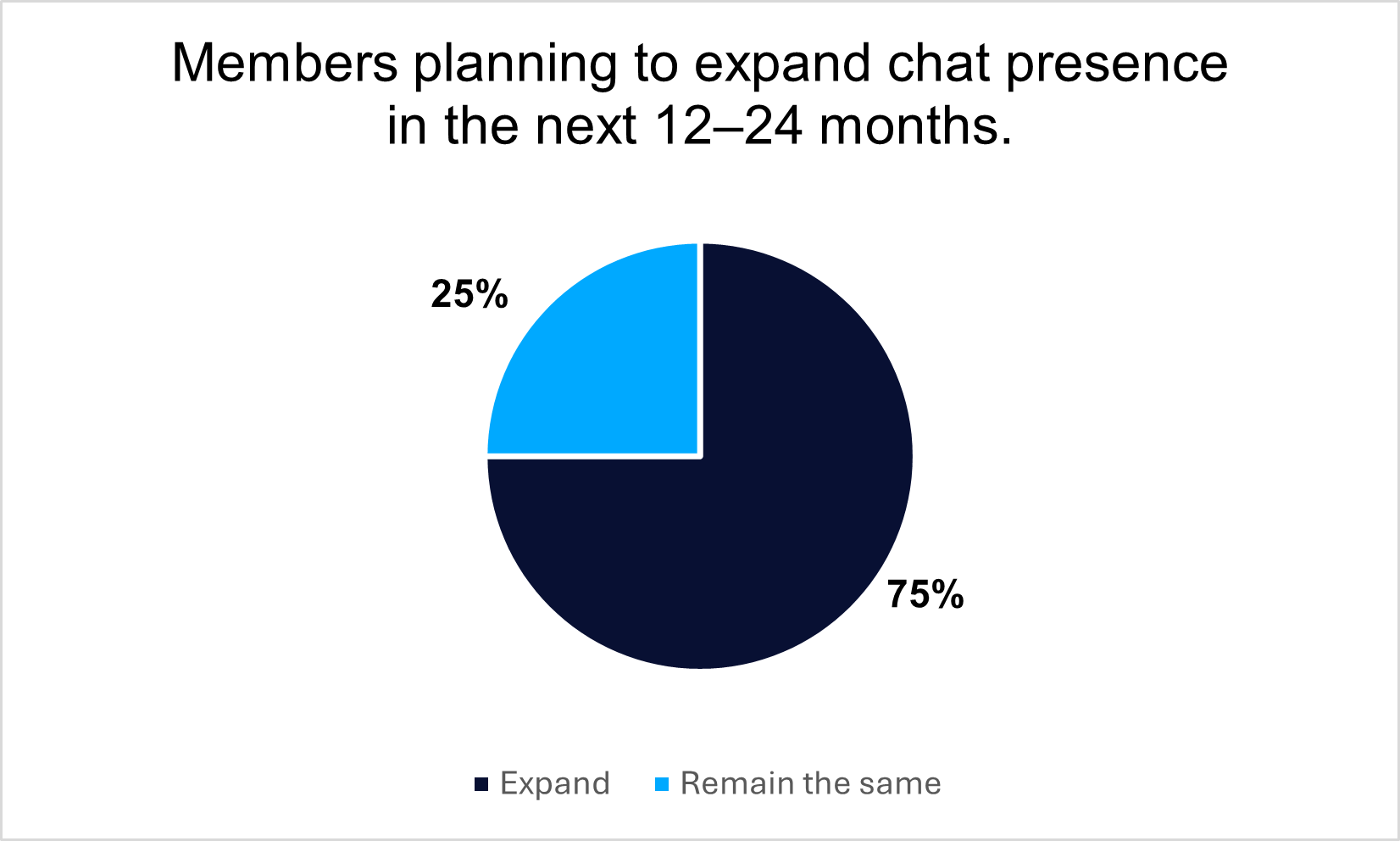
Operationally, this transition isn’t just a channel reallocation exercise. It introduces new performance metrics (concurrency, time-to-first-response, backlog thresholds) that require WFM teams to build new forecasting models distinct from voice. Members report increased focus on chat proficiency training, multitasking thresholds, and agent sentiment analysis as part of performance design.
From counting transactions to managing complexity
The contact center operating model is being rewritten in real time. As ever-advancing IVR and automation handle more of the low-effort requests, calls that do break through tend to involve exceptions, agent interventions, or multi-product servicing questions. Roundtable members consistently report agents are taking on increasingly complex calls, both in difficulty and cognitive load.
The shift is driving a strategic response: invest more time in training so agents can perform deeper, multi-skill work. Training now accounts for a growing share of paid hours, rising quarter over quarter.
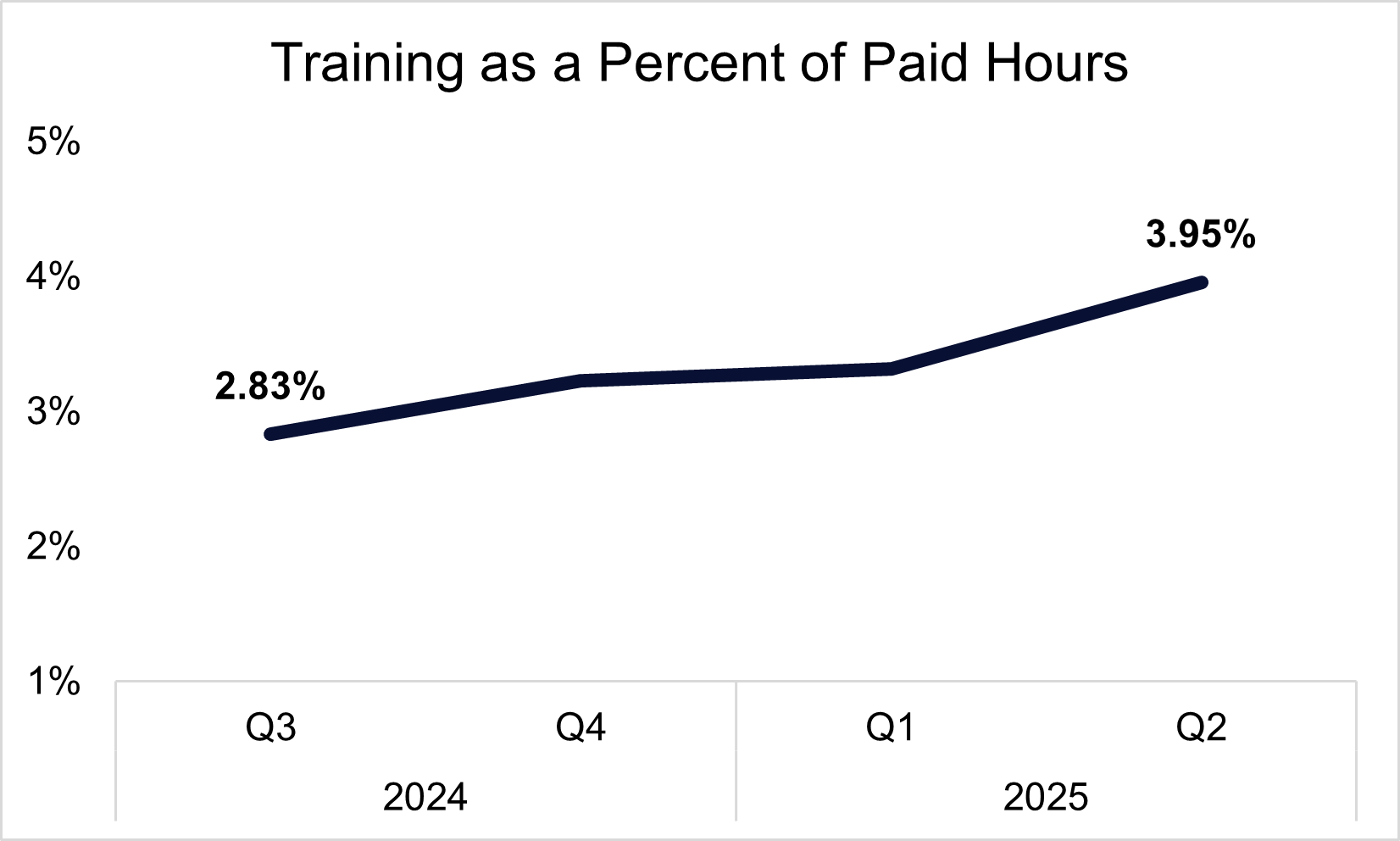
Members repeatedly emphasized that the call center of the past was built exclusively around handle-time optimization, whereas today’s environment incorporates more judgment optimization. Meanwhile, increased cross-training means fewer hand-offs and manager escalations, with agents handling multiple types of complex requests.
“Automation is not reducing the workload, but concentrating it. Instead of taking five quick calls, an agent is more likely to take on a single complex case that requires deeper judgment,” Auriemma Roundtables Director Steve Sion said. “We are seeing higher occupancy as a result, not because of higher volumes, but because interactions run longer and include more mid-call investigation and system navigation.”
With the workforce model bending toward multi-skilled, cross-functional agent pools, members described a mix of strategies:
- Some are using retail or consumer banking agents as feeder pools into specialized lines of business, maintaining skill portability so those employees can serve as overflow capacity when voice demand surges.
- Others maintain small, high-skill “super agent” units that dynamically move between phone, chat, and back-office research tasks such as disputes processing. These agents are expensive to lose, making training, coaching, and schedule satisfaction crucial retention levers.
- Several members are experimenting with blended workloads, giving agents a mix of call handling and back-office case processing to reduce burnout from repetitive live-caller exposure.
- And increasingly, chat and phone are being managed as a single capacity pool, with agents shifting between customer-facing chat and internal branch support chat, based on intraday routing demand.
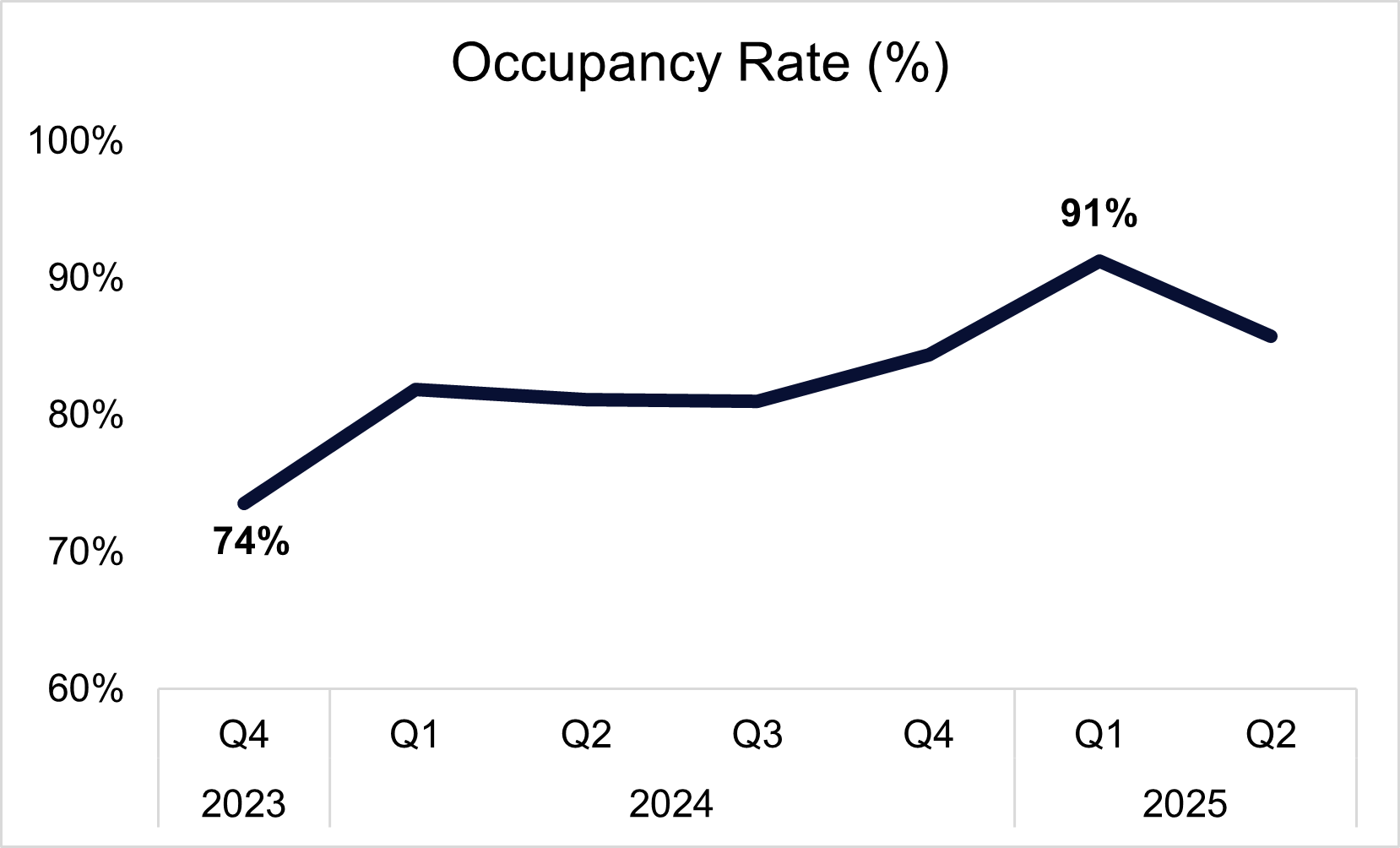
These training strategies are directly connected to the occupancy trends, where utilization has risen above 90% for many members.
To combat the burnout often associated with higher occupancy, some teams intentionally throttle occupancy down at planned intervals to create “learning windows”, effectively using capacity relief to support training blocks. This aligns with some back pedaling in occupancy observed in recent quarters, which correlates with elevated training time.
Retention is up (for now)
However, the higher demands do not seem to be increasing agent turnover. One explanation is that increased training investment is opening clearer career advancement paths. Progressive training makes it easier to identify agents ready for movement into fraud, disputes, digital support, or back-office roles. Workforce leaders are using completion of these modules as a talent signal, marking agents as eligible for internal transfer rather than defaulting to external hiring.
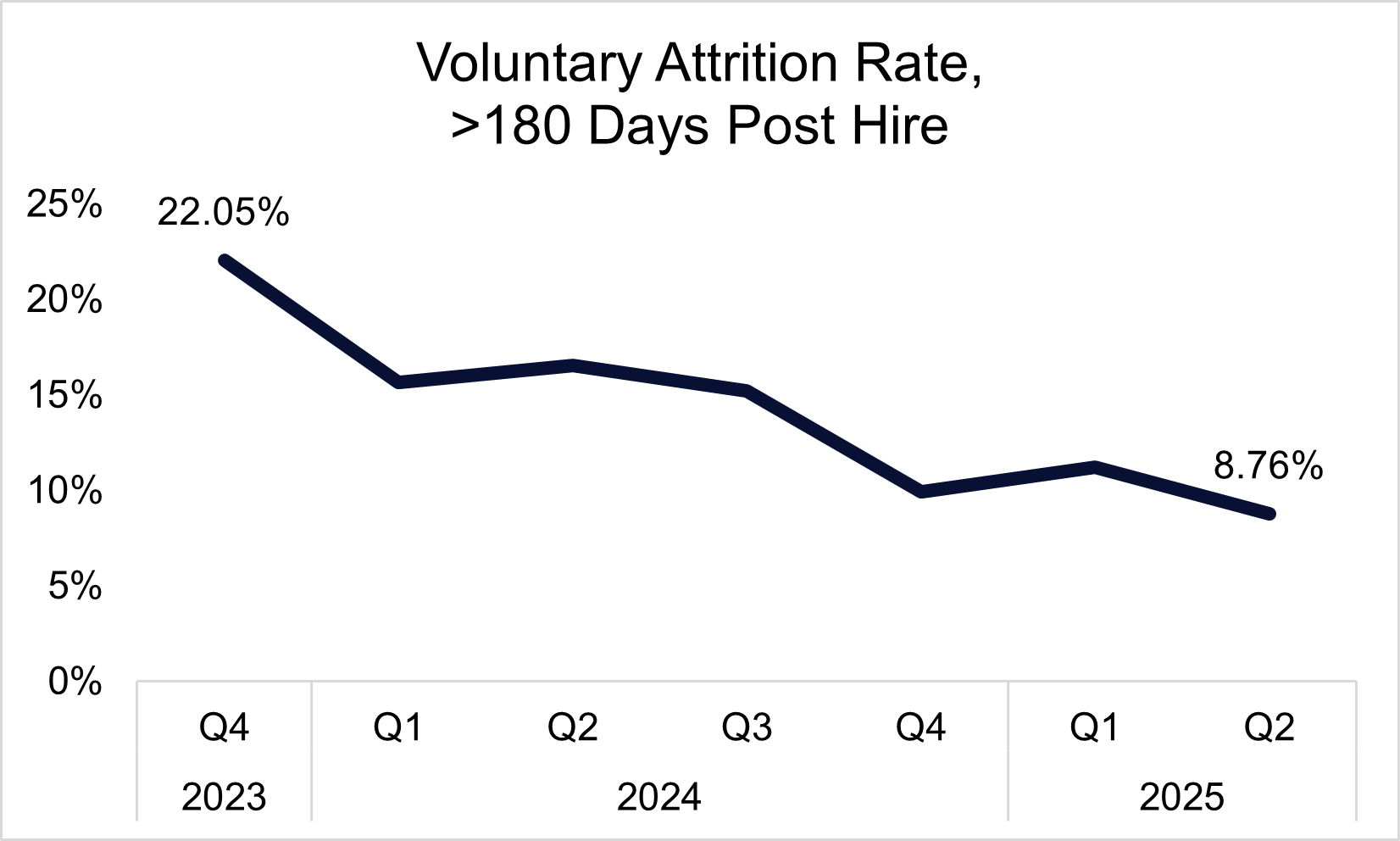
There is also a macro-economic component, with an uncertain labor market prompting “job hugging” – a behavior where employees choose to stay in their current role due to few job prospects. This creates a temporary window of workforce stability but could lead to a suspended spike in resignations should employment opportunities improve.
Ready to go deeper? Join the conversation inside the Workforce Management Roundtable
The workforce environment is shifting faster than traditional staffing plans were designed for. Digital channel growth, rising complexity, occupancy pressures, and shifting labor sentiment require a more adaptive workforce strategy. These data points reflect a broader industry pivot, but they also raise operational questions that no single organization can solve in isolation.
Auriemma Roundtables’ Workforce Management Roundtable brings together senior WFM, operations, and service strategy leaders from leading financial institutions to compare how automation, IVR redesign, and digital channel expansion are reshaping labor models. Members actively benchmark training allocation, multi-skill progression paths, chat-to-voice deployment strategies, and occupancy thresholds as call complexity rises and low-level volume is absorbed by self-service.
These conversations go beyond metrics. Members share how they are restructuring capacity planning, carving out protected development time, and using skill certification as a lever for mobility and retention. If your team is adjusting staffing assumptions, redesigning training strategy, or working to turn agent tenure into strategic capability, this is where those strategies are being pressure-tested in real time.
To learn more about membership or upcoming sessions, contact Barry Lynch.

